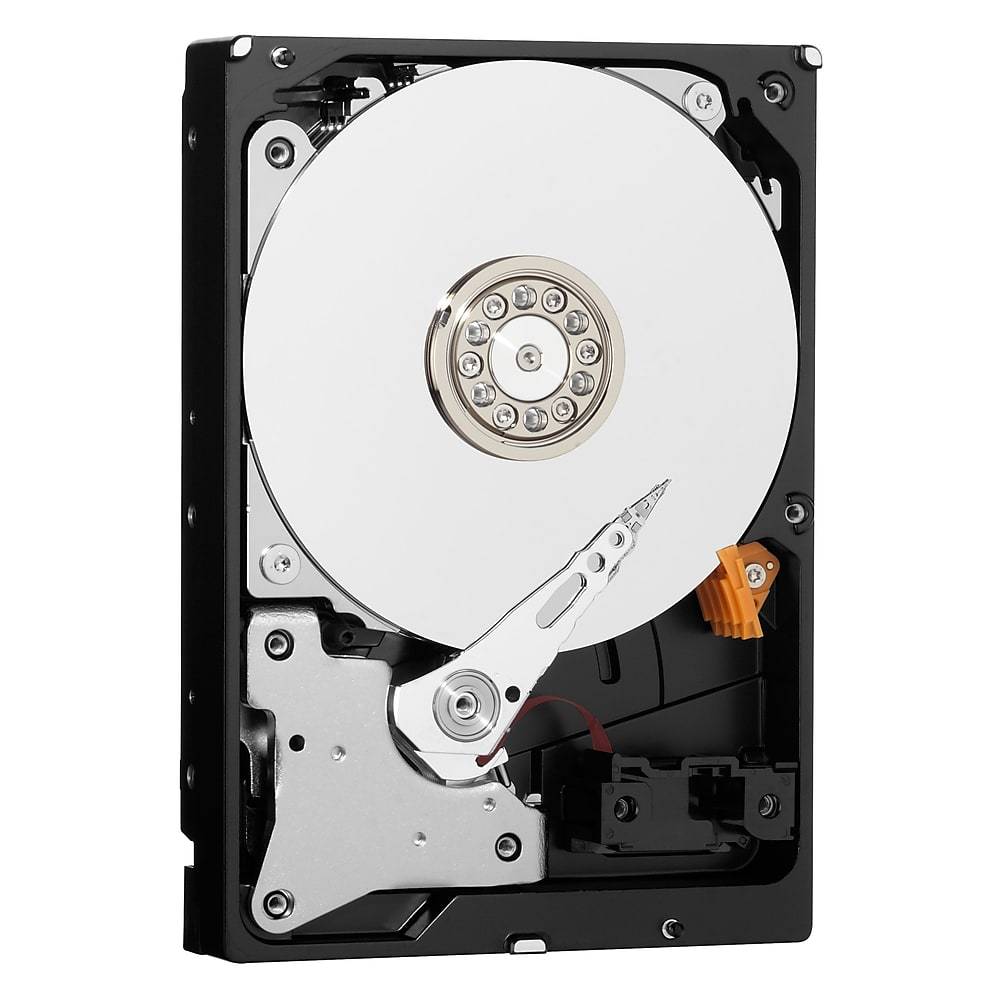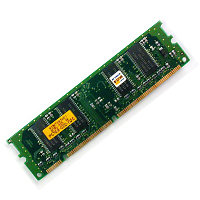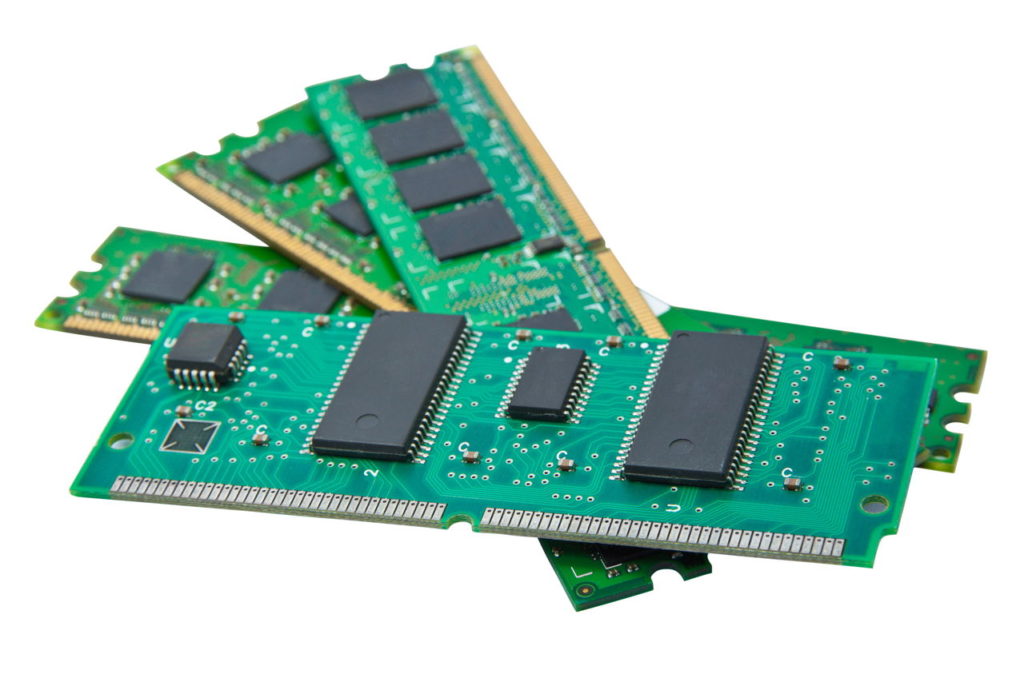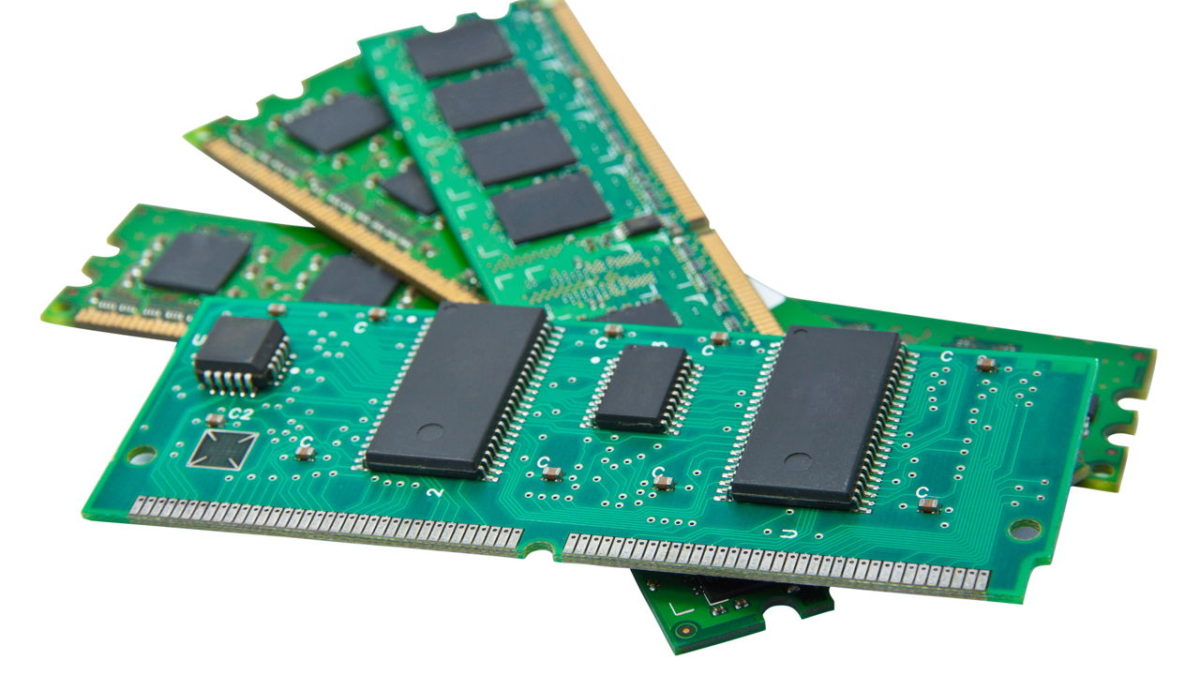Lets learn about computer memory. A computer memory is a storage system used to store information in the form of images, video, audio, text and other data.
Storage Device or Memory
The storage device uses an integrated circuit and is used by the operating system, software and hardware. The computer uses this memory, also known as “memory”, to store active programs, including the data the system currently uses.
On the basis of retaining Stored Memory, the memory can be divided into:
Volatile memory is memory that looses its content when the computer or hardware device loses power.
Non-Volatile memory is memory that does not loose its content when the computer or hardware device loses power.

Cache Memory
Cache Memory is faster, smaller memory, located near the processor core.
The computer’s memory is used as a cache, while its hard drives are used for permanent storage. Data in RAM is stored only during system operation and data can be read or written from RAM to hard disk, but not to other parts of the computer.
RAM
The term “random access memory” was originally used to distinguish regular core memory from offline memory. Offline storage typically refers to a specific piece of data that is accessed from a magnetic tape at an address that is located one after the other, starting at the beginning of the tape.
The term random access to RAM comes from the fact that a storage location can be accessed directly, which is also known as the memory address.

RAM is organized and controlled in such a way that data can be stored and accessed directly from a specific location. This storage is used to store data and instructions used by the computer, such as instructions, memory accesses and other data.
A typical computer has two types of memory: volatile memory and random access memory (RAM). Volatile memory is a hardware device that loses its contents when it loses power, and the memory loses itself. The random memories of a computer, known as RAM, are an example of fleeting memories.
How does a memory work?
Cache passes data to the CPU and passes it to a cache, and it is the fastest and most expensive. RAM is slower and cheaper, but it delivers the cache data; virtual memory is slow and the least expensive of all.
RAM is a fast computer memory that is normally installed near the CPU on the main board. While a faster CPU often boosts performance, there are some things that slow the processor down. The limiting factor is memory, because it has to wait for all the data it needs for the calculations.

ROM is non-volatile memory, which means that data is stored in the ROM even if the memory is not receiving power or if a computer is off. Although storage is technically a form of electronic storage, it is used to identify fast temporary forms of storage. In this sense, it is not necessary to use secondary storage for long-term storage; it is technically only a form of caching.
The CPU can access it at any time when information is stored in memory. Assume the computer’s CPU had to access a hard drive to retrieve a piece of data it needed, it would not work as it does today. If the memory is accessed by the CPU, it can only access the information at a certain time, for example during a certain task.
What happens when the amount of RAM is insufficient?
If the amount of RAM is not sufficient to run the current program, this may lead to a situation where the computer spends more time moving data from RAM to the hard disk and back than it does the job (this is called threshing). The operating system will store actively used data in physical RAM, which is much faster than hard disks. Some data is stored in RAM, while other data is stored on hard disk which acts as an cache extension.
The computer system is built from a combination of all types of computer memory. Exact configuration can be optimized to achieve the best possible performance. And also for the most efficient use of the computer’s memory resources.

